Healthcare providers ask patients for a lot of information — from health history to race, ethnicity, and language preferences. When all of this information is on paper forms, it can lead to disorganization, which, in turn, can hamper information sharing and perhaps even lead to inaccurate healthcare-related data. Paper records can also cost healthcare providers time and resources that are best allocated to other tasks.
Improve healthcare with online forms
Electronic data collection (via online forms) can benefit the healthcare system by
- Increasing patient access
- Improving the patient experience
- Improving staff performance
- Improving billing efficiency
- Decreasing compliance hurdles
Patient access to your organization
Nowadays patients can find a lot of information about your practice online. In addition to general information about the doctors in the practice and directions to your offices, they can read reviews. And healthcare facilities can reach their patients through social media.
Doctors can also be more in tune with what their patients are going through. When patients provide medical information online, whether through a desktop, tablet, or cell phone, they can give more details than would typically fit in the space provided on a paper form. Patients can also provide real-time feedback about their conditions.
Though still in its infancy, telemedicine has been beneficial for patients. With increased access to patients’ health information, healthcare professionals can provide patient-centered care.
Additionally, health information technology can facilitate the exchange of important treatment information. Clinicians and patients can converse more quickly about clinical and health issues, such as follow-ups for test results and the dangers of mixing medications. Patients will be more engaged in their care, and, in turn, more satisfied that their concerns are being addressed.
When healthcare information technology is tailored to the needs of the patient (i.e., translated into their language of choice or a layout best suited to deliver results from an important test), patients can self-manage their healthcare, which can result in better health outcomes. Since seven in 10 adults track at least one health indicator, a healthcare provider that uses healthcare IT will be seen as a better advocate for patients.
Staff performance
Using paper-based patient medical records takes more time than using electronic records — time during which a potentially life-saving treatment could have been administered. Rather than entering information into paper medical records by hand, your staff can enter and store information in a central electronic system, improving their performance and treatment times.
Since doctors and nurses who work with an electronic system use handheld computers and other technology to record and access patient medical history, they are getting a cleaner and more accurate view of a patient’s background and the causes of nuanced health issues. If a patient enters information directly into the database, doctors will have more real-time data and feedback on the effectiveness of current treatments, which means they can change course if something isn’t working.
Electronic databases can consolidate vast amounts of data on patient health histories, which can lead to the discovery of trends. By analyzing this information, medical professionals can respond to issues faster and take preventative measures on health issues that might have otherwise gone unnoticed.
Billing efficiency
Medical billing can be frustrating — not only for the patient who receives a larger-than-expected bill but also for the facility. When doctors and nurses enter information by hand, mistakes can happen. These simple input mistakes can cost healthcare facilities money. Automating the process ensures more accurate billing because dozens of people aren’t involved in the billing process.
Integrating electronic records into a billing system can also significantly cut the time needed to input data. The patient can upload all of their data, and that information can then be used by many systems, such as the cardiology department, the emergency room, and even the operating room.
Online forms can also result in higher reimbursement rates, not only by cutting staffing costs for unnecessary data entry but also by keeping the most up-to-date billing codes at the doctor’s and administrator’s fingertips. Rather than being billed for something that costs more than the price entered in the system or missing out on insurance reimbursements due to a misunderstanding about the correct coding, healthcare facilities can reduce errors and create more accurate bills.
With better reporting and more documentation comes an improved patient experience. Once the bill is ready to go, patients can pay their copays, deductibles, and other healthcare costs online, creating a more accessible and straightforward overall experience.
Compliance with the Health Insurance Portability and Accountability Act
The Health Insurance Portability and Accountability Act (HIPAA) requires that all healthcare facilities protect patient data. HIPAA includes privacy rules that dictate how patient data and health information can be used.
The ramifications of breaching HIPAA requirements can include legal action, fines, and even the revocation of medical licenses.
There are new HIPAA compliance issues to think about every year, especially as guidelines for securing electronic patient health information change and evolve.
Forms are a way for patients to manage their electronic healthcare data across multiple touch points, but when that data is cloud-based, it must be stored securely.
HIPAA-friendly cloud-based forms can collect demographic, insurance, medical, psychiatric, and other relevant healthcare data quickly. A substantial amount of that information can be filled out and ready for medical professionals before the patient ever steps through the door. As people in the U.S. become busier and less inclined to arrive early for a medical appointment to fill out paperwork, healthcare providers need a more efficient way of collecting data.
Cloud-based HIPAA-friendly forms can help to record relevant information, such as medical history and prescription refill requests. They also eliminate other types of manual data entry that actually weaken your overall patient privacy. These web forms are usually stored in a more secure manner than paper forms. With the ability to gather electronic signatures and set up electronic approvals for medical inquiries, advanced security measures safeguard patient data against theft.
Additionally, cloud-based forms have a few features that paper forms do not:
- Data encryption
- User-level permissions
- The ability to include or exclude pertinent patient data
- Audit features and logging
- Fluid maintenance
- Quicker turnaround time for updates and revisions
Patient experience
It can be extremely time-consuming for patients to see a new doctor. Not only do patients often have to wait a long time before they can get an appointment, but they are also usually expected to arrive early for their appointment to fill out lengthy forms. Some entries could be inaccurate, as patients rush to fill in all of the data in limited space. Other issues that patients run into are small print, speaking a different language than the one on the form, or even just plain forgetfulness — because they are in a hurry or nervous about seeing a doctor.
The patient experience can become negative quickly. Who wants to fill out the same form over and over again, especially if you have a chronic condition that requires you to see your doctor often? An online form could solve the issue quickly, giving the patient a quick and easy way to deliver relevant information that is related to their visit that day.
Online forms play an essential role in a patient’s experience. Handing them a massive stack of papers just as they walk through the door leaves a lot of room for error that practitioners could be held accountable for later. The person manually entering that patient data could misread or misunderstand what the patient wrote, and a patient could be treated for a condition that they don’t have — with grave consequences.
Online forms that scale to the type of device the user accesses them from — whether that be desktop, tablet, or mobile — are paramount in improving the patient experience. After all, the happier the patient is with their experience, the more likely they are to return to your practice.
Conclusion
Collecting patient data electronically is more efficient than having patients fill out physical forms by hand and managing paper-based records. Not only do electronic records save healthcare providers time, but they also improve financial reimbursements and reduce operating costs.
As long as your electronic data is secure, you can significantly improve the overall quality of medical service you provide. Your patients will have better access to your organization, and they will gain instant insights into their medical records and treatment. No matter the device, their medical history is only a click away.
Staff performance will also improve, because medical professionals can get back to giving medical advice and helping care for patients instead of dealing with physical forms. Patient records are more accurate, and patient history is more robust with online data management and web forms, since patients can fill out the forms at their leisure.
Billing efficiency improves with online forms. As bills become more accurate, the time required for reimbursements, primarily from insurance agencies, will decrease because fewer mistakes mean that fewer negotiations and revisions are needed. Patients can even pay their bills faster, which means fewer outstanding bills.
Electronic data must be HIPAA-friendly, guarding against the massive fines and legal ramifications of not following proper procedure. Finally, your patients will have a more fluid and better overall experience, as they spend less time filling out paperwork and more time meeting face to face with their doctors and nurses.




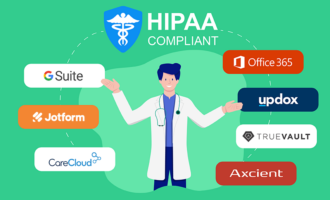

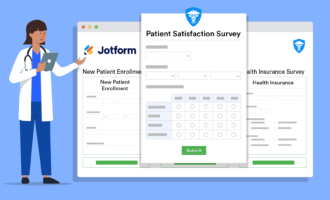

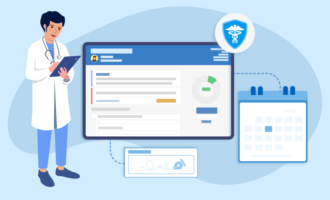

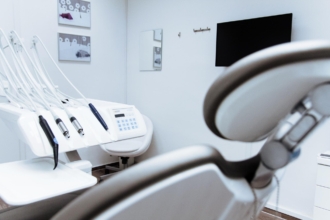


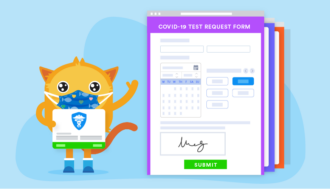







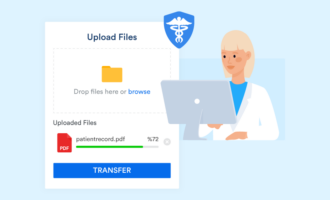


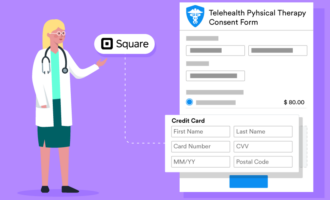









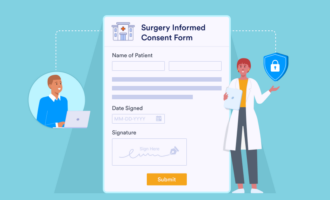









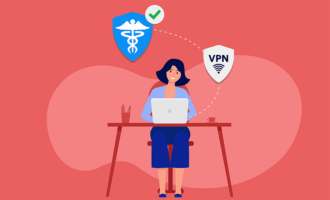
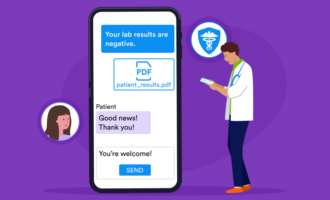










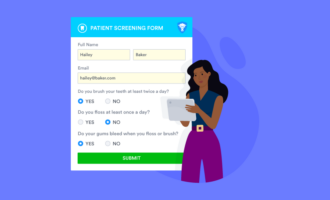
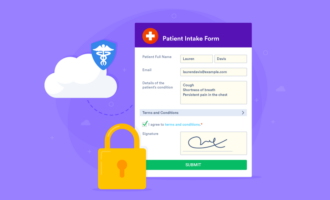



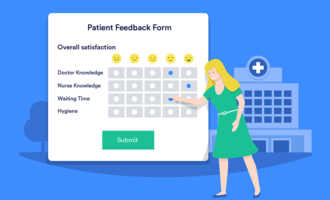



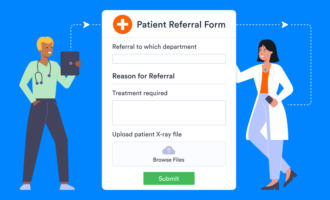





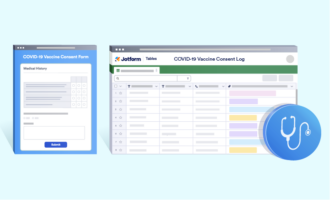


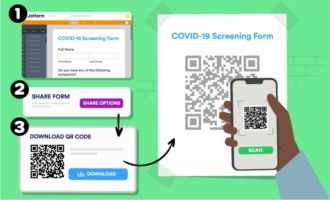








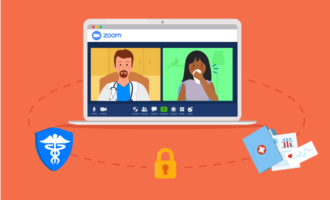
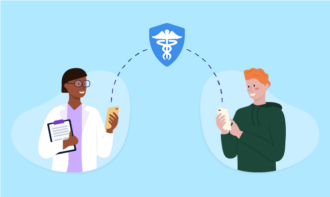






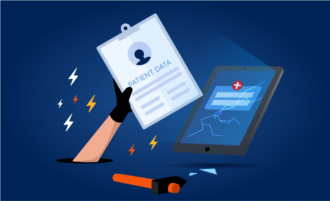




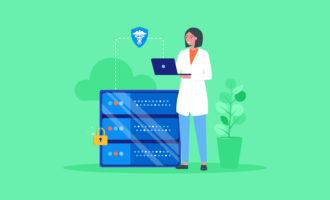





Send Comment: